| | | | 
CLEAR researchers investigate toxic spill at East Palestine OH train derailment
On February 3, 2023, at 8:55 pm EST, a Norfolk Southern train derailment occurred in East Palestine, OH. Of the 38 derailed train cars, eleven cars were carrying hazardous materials. The three primary hazardous chemicals were vinyl chloride, butyl acrylate, and 2-ethyl hexyl acrylate. The community located within a one-mile by two-mile area surrounding ground zero was evacuated from February 6th to February 8th. With several unanswered questions, on February 16, 2023, CLEAR trainee and postdoc Brendan O’Leary contacted a past collaborator, Freshwater Accountability Project, to volunteer assistance. By February 18th, the initial team was created, composed of Dr. Yuri Gorby and Leatra Harper (Freshwater Accountability Project), Frank Rocchio (Ohio Valley Environmental Advocates), Dr. John Stolz (Duquesne University, PA), and Drs. Judy Westrick, Carol Miller, and Brendan O’Leary (Wayne State University, MI). Dr. Miller is the co-MPI of CLEAR, whereas Dr. Westrick co-leads the center's Chemical Analysis Core. The team was later joined by Jill Antares Hunkler (Environmental Advocate). | | News and announcements |  | CLEAR partners with WSU Humanities Clinic This summer, CLEAR welcomed two graduate student interns, Hyeonah Kim and Julie Julison, as part of Wayne State University’s Humanities Clinic program. Hyeonah is a PhD Candidate in Political Science, and Julie is an incoming PhD Student in Anthropology. The Humanities Clinic program works to connect WSU humanities students to job opportunities at Wayne State and across the city of Detroit as a way for students to gain critical skills prior to entering the job market. Hyeonah and Julie are working on a variety of tasks with the Research Translation Team, including social media, website organization, and helping to develop essential data-capturing tools that will assist in program management. | | | Drs. Petriello and Thompson write op-eds on environmental rules and policy actions Dr. Michael Petriello (Training Core Co-Lead) recently wrote a commentary on proposed new rules by the Environmental Protection Agency to mitigate per- and polyfluorinated alkyl substances (PFAS). Read the commentary here. Dr. Lyke Thompson (Community Engagement Core Lead) wrote an opinion piece for The Detroit Free Press, in June 2023, urging for policy action on global warming and climate change. Read the op-ed piece here. |  | |  | Drs. Kashian and Westrick interviewed on environmental hazards Dr. Donna Kashian (Training Core Co-Lead) was part of a panel on Michigan Radio this summer, talking about why a mix of microplastics and algae pose a unique threat in the Great Lakes. Listen to the discussion here. Dr. Judy Westrick (Chemical Analysis Core Co-Lead) and Dr. Kashian also joined the CultureShift program on Detroit's local NPR station WDET 101.9 FM to discuss the chemical pollution fallout from the East Palestine OH train derailment. Listen here. | | | CLEAR faculty in China: Dr. Mor teaches Reproductive Immunology at HUST Dr. Gil Mor (Project 4: Placental Mammal Model) taught a course on "The Biology of Human Reproduction" at the Institute of Reproductive Health, Tongji Medical College, at the Huazhong University of Science and Technology (HUST). The course attracted more than 50 teachers and students learning in-person, including more than 20 international students from Iran, Tanzania, India and other countries, and more than 30 students via online sycnhronized learning. |  | |  | Dr. Mitra teaches Leadership & Innovation at Shanghai Polytechnic University Dr. Rahul Mitra (Research Translation Lead) taught a 2-week course on "Leadership and Innovation" to undergraduate students at Shanghai Polytechnic University this summer. He was one of a small group of Wayne State faculty selected for the university's inaugural Teach-In-China Initiative. He also delivered a talk, titled "Transformation and Resilience through Entrepreneurial Ecosystems: A Communication-as-Design Approach" to faculty and graduate students at the Engineering Training and Innovation Education Center at Shanghai Polytechnic. | | | Community Engagement Core conducts home visits to collect VOC data The Community Engagement Core (CEC) has been hard at work gathering information on VOC hazards in Detroit homes through observation and careful measurement. The CEC has been making calls to women who are 18 years or older living in Detroit to recruit for our project. Once on the phone with a potential participant, the team goes over key information about the project and if they would like to participate, they are consented over the phone. The team then administers a survey to the newly consented participant. During home visits, the team documents observations using a specialized Home Safety Assessment (HSA) instrument, collects TVOC measurements using the Mini Rae, and places passive, contaminant adsorbing badges in 2 rooms in each resident’s home. The CEC team has been to a total of 60 homes, and have many more home visits scheduled for the future. The CEC has also been having monthly meetings with the CLEAR Community Advisory Board. | | 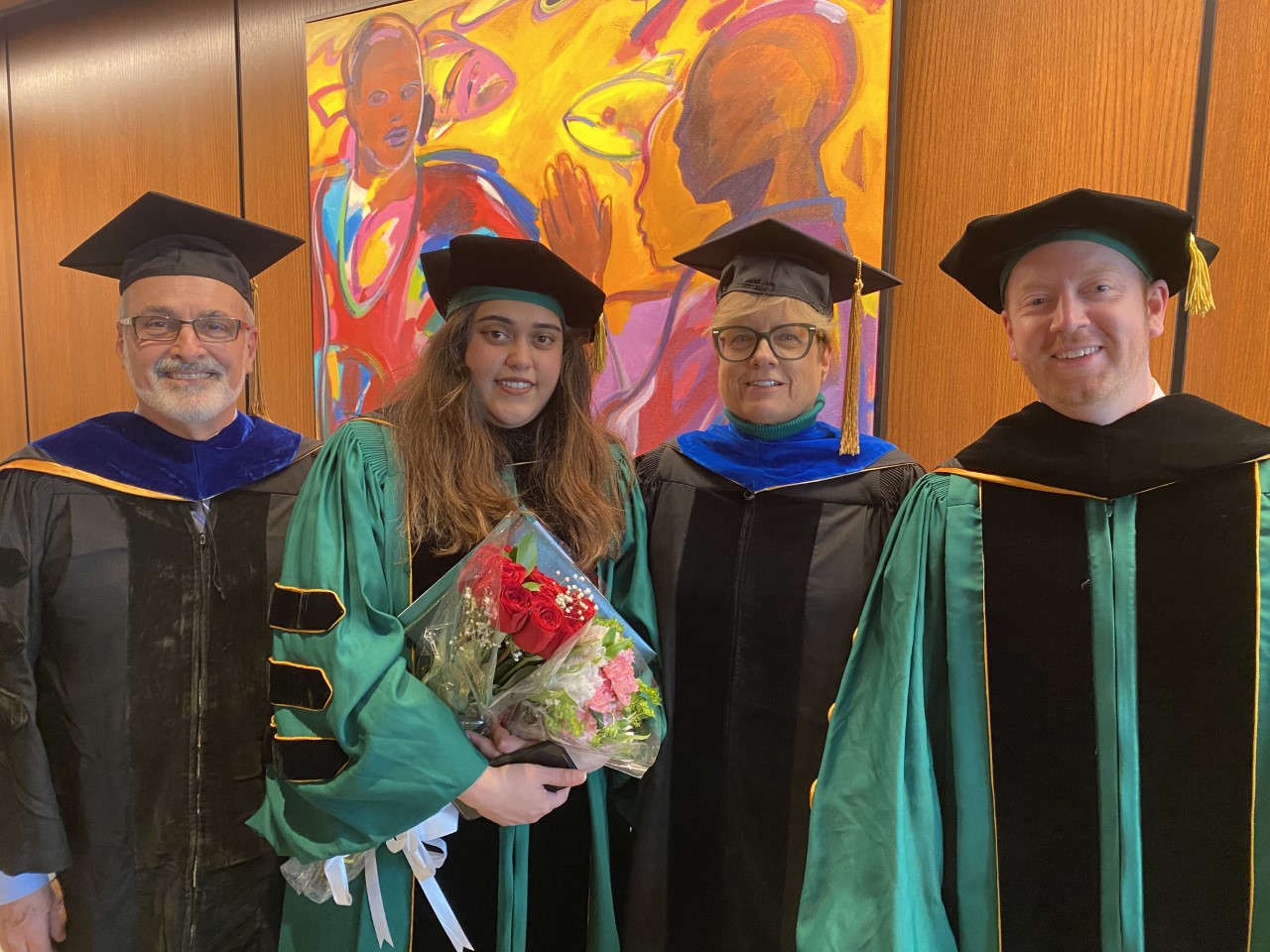 | CLEAR trainees complete PhDs CLEAR trainees Zoha Siddiqua and Brendan O'Leary (Dissertation Chairs: David Pitts and Carol J. Miller, respectively) successfully defended their PhD dissertations this summer! Dr. Siddiqua obtained a dual-title degree in Pharmaceutical Science and Urban Sustainability, and examined the toxic effects of endocrine disrupting chemicals and VOCs on aquatic animals. She is currently seeking a postdoctoral position in environmental toxicology and urban sustainability. Dr. O’Leary completed a dual title PhD in Civil Engineering and Urban Sustainability, and his dissertation is titled "Evaluating Volatile Organic Compound Exposure Pathways in Urban Landscapes – Detroit, MI." As a current CLEAR postdoc, he is developing field screening techniques and modeling approaches to trace the subsurface transport of VOCs. | | | Lumigen Instrument Center welcomes local Detroit students for Neinas Chemistry Day The Wayne State University Department of Chemistry hosted Neinas Chemistry Day 2023 on March 17, welcoming over 120 middle school students and their teachers from Neinas Dual Language Learning Academy in Detroit, Michigan. Neinas Chemistry Day was founded by Sue White (WSU Allen Group Laboratory Manager and Chair, ACS Detroit) and is organized by her in partnership with multiple groups, including Dr. Judy Westrick (co-lead of CLEAR's Chemical Analysis Core) and the Lumigen Instrument Center, which has participated since its inception in 2019. The event is designed to directly connect children from low-income families with higher education at a R1 research institution and intoduce them to STEM careers. | 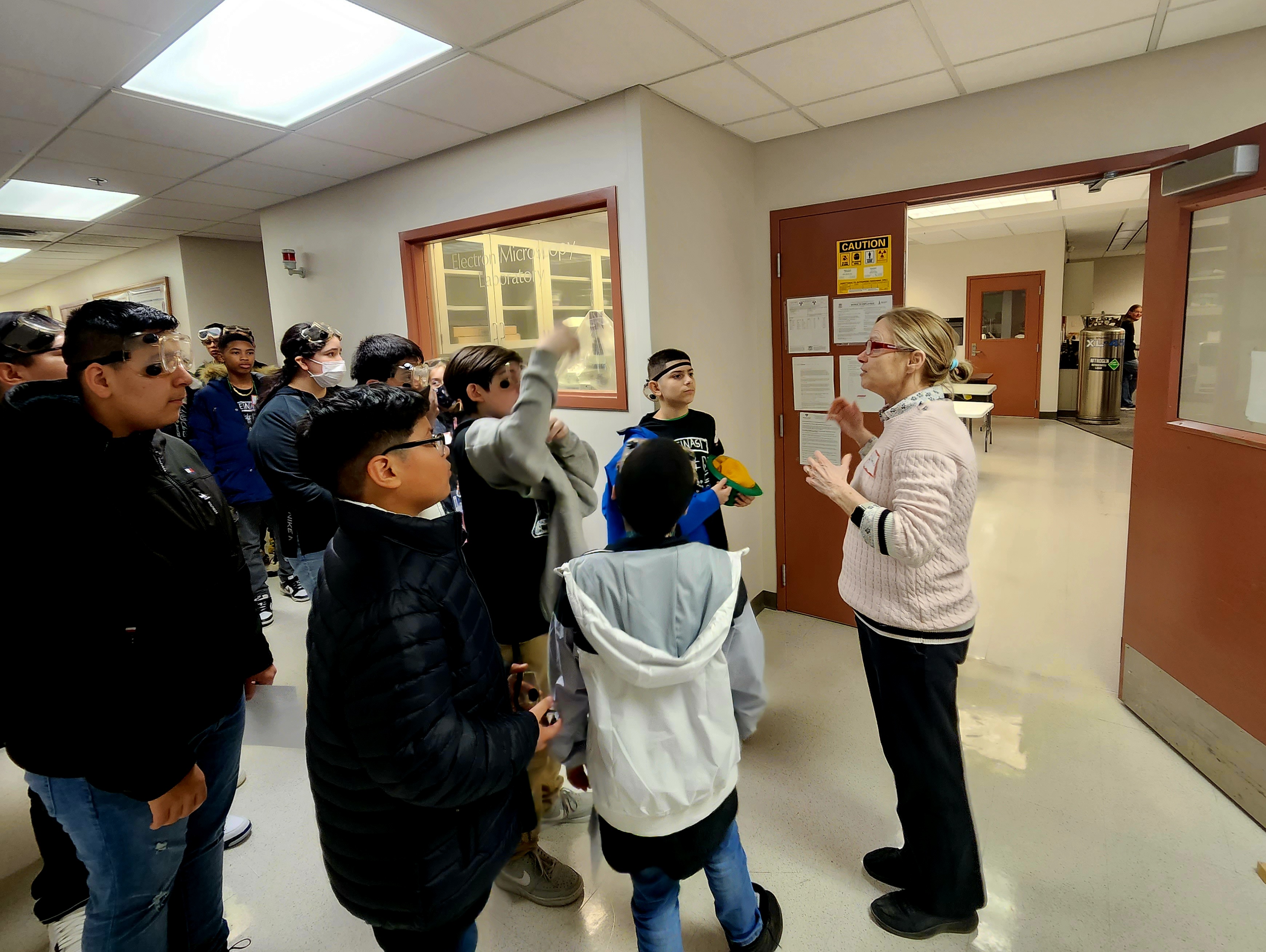 | | | Events |  | Public forum with community members on VOCs The Community Engagement Core held its first Public Forum with community members on June 27, 2023. The Forum was held at the Kemeny Recreation Center in the 48217 zip code, containing Boyntown and Oakwood Heights neighborhoods, widely known as one of Michigan's "most polluted" areas. The event introduced CLEAR's research and team to the community, and provided information about common household and brownfield VOCs. | | | CLEAR trainees visit LinkedIn's Detroit HQ, learn about career branding strategies The Research Experience and Training Coordination Core (RETCC) hosted an exciting workshop with LinkedIn for CLEAR trainees in May, 2023. 11 CLEAR trainees from a variety of disciplines – from Biology, Chemistry, and Pharmacology to Civil and Environmental Engineering – participated in the event. LinkedIn staff walked our trainees through various ways to define their professional brand and optimize their LinkedIn profile. |  | | 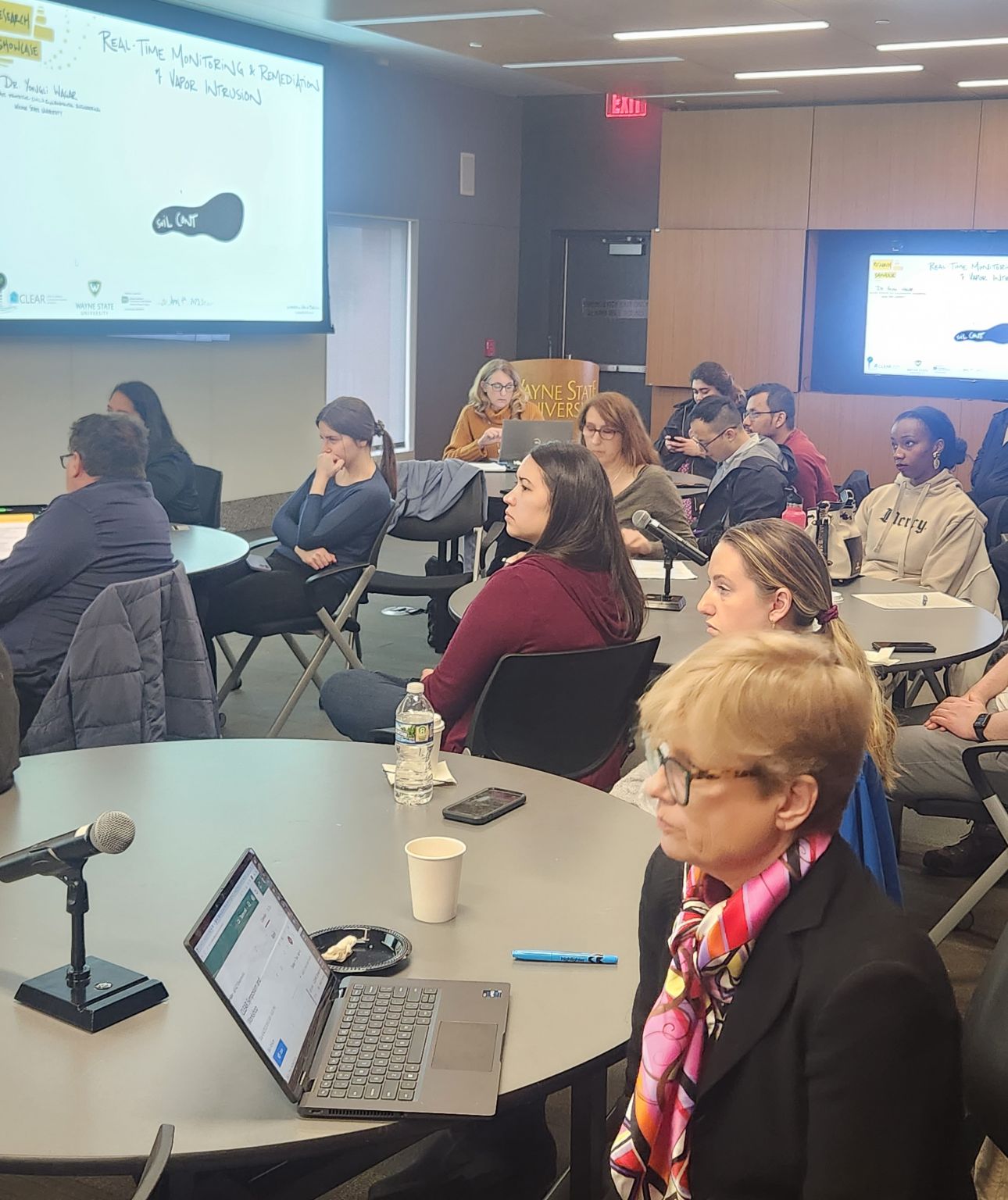 | Annual Symposium 2023 At our inaugural Annual Symposium on April 4, CLEAR shared the latest research from all five project teams on the environmental health impacts of VOCs and novel ways of detecting them. Using graphic recording, we generated meaningful art pieces from the CLEAR research, which you can see on our YouTube channel here. We heard from two amazing community partners, Detroiters Working for Environmental Justice and Asthma and Allergy Foundation of America (Michigan Chapter), on the environmental justice implications at stake, and how researchers and community members can learn from each other. | | | Awards | | Dr. Mor's research team awarded $1.1 million NIH grant Dr. Gil Mor (Project 4: Placental Mammal Model) and his team received a three-year $1.1 million grant from the National Institutes of Health (NIH). This grant, from the Eunice Kennedy Shriver National Institute of Child Health and Human Development, will fund the project, “Impact of benzene-induced MIA on fetal T cell development, " to provide better understanding of the outcomes associated with the impact of VOCs exposure on the development of an appropriate neonatal immune responses. Learn more here. | | | Drs. Miller and Baker win $120,000 grant from Erb Foundation Healthy Urban Waters, led by Dr. Carol Miller (CLEAR Co-MPI) and Dr. Tracie Baker (Project 3: Zebrafish Model) received a $120,000 grant from the Fred A. and Barbara M. Erb Family Foundation. The grant will support research and engagement to enhance environmental stewardship of watershed resources within the Huron-to-Erie Great Lakes corridor. | 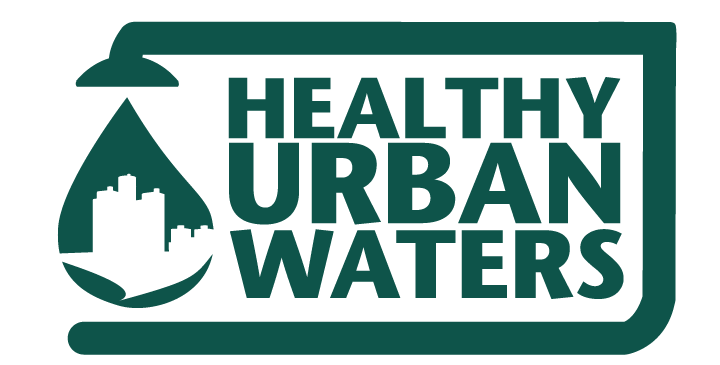 | |  | NSF PhD Dissertation award for Research Translation RA Colleen Linn, a PhD Candidate in Anthropology and Urban Sustainability and research assistant with CLEAR's Research Translation team, was awarded a Doctoral Dissertation Research Grant from the National Science Foundation (NSF). Her project focuses on PFAS-contaminated groundwater to understand how well users, public officials, and other stakeholders manage and respond to the harm and uncertainty that PFAS in groundwater poses. Learn more here. | | | Dr. Mitra receives Career Development Chair Award Dr. Rahul Mitra (Research Translation Lead) received a Career Development Chair Award from Wayne State University in May 2023, for the 2023-2024 academic year. The award will enable him to focus on writing his book-length monograph, tentatively titled "Community Organizing for Water Security: Lessons from Detroit's Mass Water Shutoffs," examining community protests against water shutoffs between 2014-2020. | | 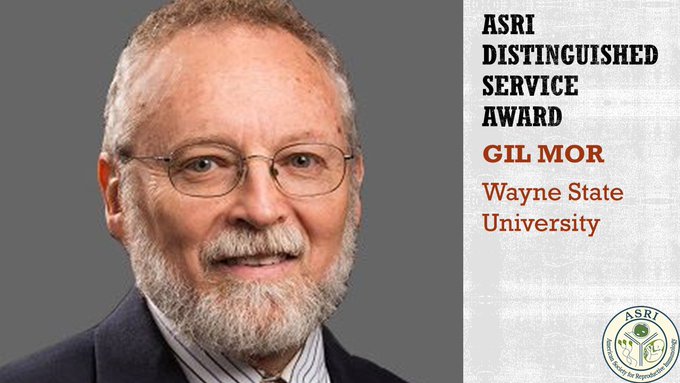 | ASRI Distinguished Service Award for Dr. Mor Dr. Gil Mor (Project 4: Placental Mammal Model) was bestowed with the Distinguished Service Award by the American Society for Reproductive Immunology (ASRI), in May 2023. Dr. Mor served as President of the ASRI from 2018-2021, and is the Funder and Co-Director of its Fellowship program on Reproductive Immunology. | | | CLEAR trainees win awards at IALGR and SoT conferences CLEAR trainee Mackenzie Connell was awarded first place in the Graduate Student poster competition of the Reproductive and Developmental Toxicology division, at the annual conference of the Society of Toxicology, in March 2023. Her paper was titled, "Evaluating Developmental Effects of Low-Level Benzene Exposure in Zebrafish." CLEAR trainee Noribeth Mariscal won the 2023 IDEA Presenter Scholarship at the May 2023 conference of the International Association of Great Lakes Research (IAGLR). Her paper was titled, "Evaluation of Model Simulated Ozone and its Precursors using High-Resolution Model Simulations during the Michigan-Ontario Ozone Source Experiment (MOOSE)." | 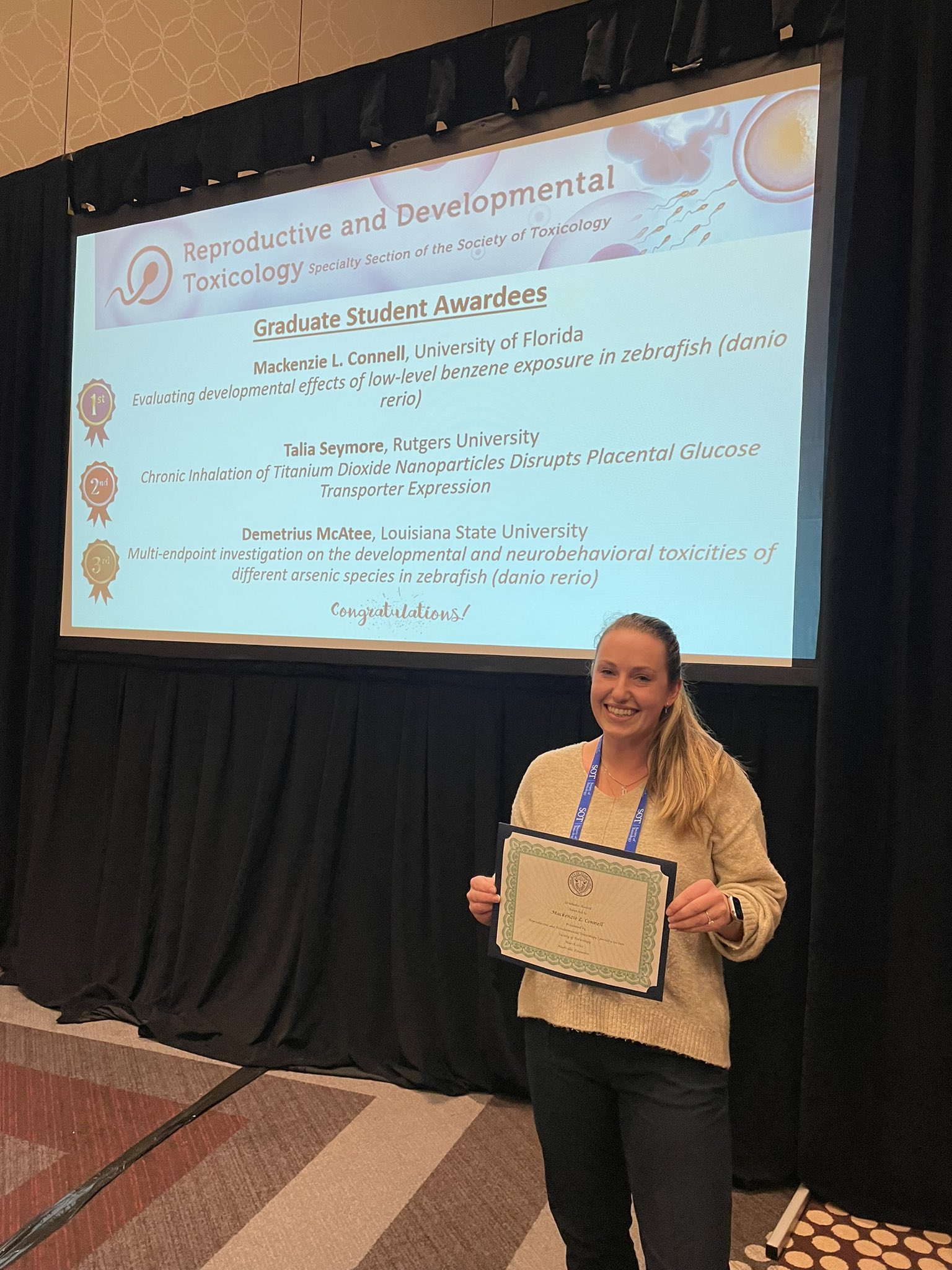 | | | Faculty spotlight | 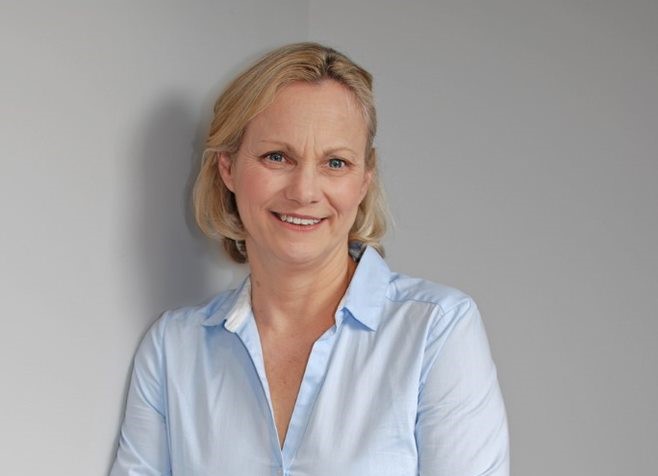 | Faculty Spotlight: Dr. Judy Westrick Dr. Judy Westrick is the Director of the Lumigen Instrument Center at Wayne State University, and co-leads the Chemical Analysis Core (CAC) at CLEAR. The Newsletter got up-close and personal with her, and a part of that interview follows. It sounds like co-leading CLEAR's Chemical Analysis Core has been very busy so far...! Co-leading the CLEAR's CAC with Prof. Paul Stemmer continues to be an adventure. Our current objectives are to develop and validate new methodology to measure low levels of VOCs and VOC metabolites, to create analytical training workshops for CLEAR members, and to assist the CEC with their objective to provide in-home passive VOC measurements. | | | Trainee spotlight |  | Trainee Spotlight: Dr. Katherine Roth Dr. Katherine Roth is a postdoc fellow and CLEAR trainee, who also serves as the Trainee Coordinator for the Research Experience and Training Coordination Core (RETCC). The Newsletter got up-close and personal with her, and a part of that interview follows. You received some excellent professional news recently! We'd love to know more... Yes, recently, I was awarded a Postdoctoral Individual NRSA Fellowship (F32) from the National Institute of Environmental Health Sciences (NIEHS)! This fellowship will assist me in building on my current work relating to PFAS exposure. PFAS have been associated with increased risk factors for cardiometabolic disease, including hypercholesterolemia. My work related to this fellowship will investigate if PFAS exposure can therefore induce the development of atherosclerosis, while also seeking to understand mechanisms causing atherosclerosis that are related to bile acid metabolism and transport. | | | Research/Publications updates | 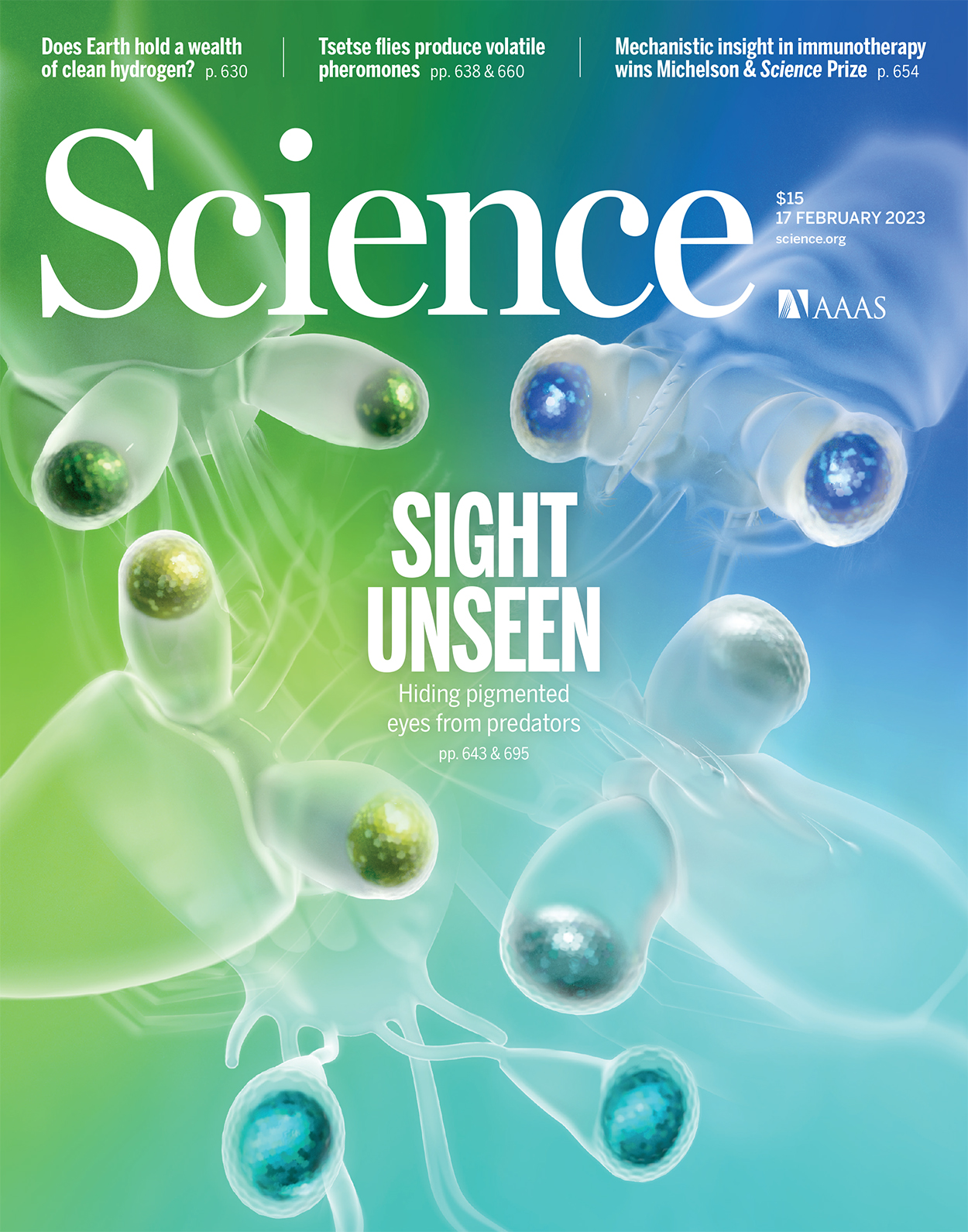 | Ethical and legal wastewater surveillance Wastewater surveillance has become an important method for community-level detection and monitoring of COVID-19. Many experts also have encouraged the expansion of wastewater testing to other uses, including monitoring for other infectious diseases and other substances such as opioids and cannabinoids, stress hormones, and asthma medications. Our letter, published in the journal Science, replies to a Perspectives article that touted many of these new potential uses for wastewater surveillance. We highlight that much of the discussion of wastewater surveillance omits legal and ethical considerations that should precede decisions about whether to expand wastewater surveillance to other diseases or substances. We encourage researchers, policymakers, and regulators to apply ethical criteria to their plans for wastewater surveillance to help assess whether an expansion is appropriate, and how data will be collected, used, and shared. | | | Exploring the association of Brownfield remediation status with socioeconomic conditions in Wayne County, MI This important study examines the spatial differences between urban brownfield sites in Wayne County with unmitigated environmental concerns (open site) and sites that are considered fully mitigated or closed. The researchers used Michigan Department of Environment, Great Lakes, and Energy’s leaking underground storage tank (LUST) database to obtain brownfield information for Wayne County. Local indicators of spatial association (LISA) produced maps of spatial clustering and outliers. Results showed that population density, being Black, college education, vacant units, and renter occupied units were significantly associated (p < 0.05) with open-closed sites, and that those associations varied across Wayne County. Moreover, increases in Black population was associated with increased open-closed sites. Increases in vacant units, renter-occupied units, and college education were associated with decreased open-closed sites. These results provide input for environmental justice research to identify inequalities and discover the distribution of environmental hazards among urban neighborhoods. | 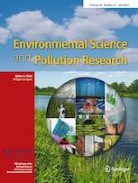 | | 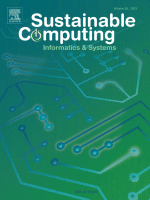 | IoT-based edge computing (IoTEC) for improved environmental monitoring This work coupled Internet of Things (IoT) sensors with Edge Computing (IoTEC) to address the challenges of real-time environmental monitoring in data latency, data security, energy consumption, and economic cost. With Edge Computing, monitoring data is processed on edge servers that are located closer to sensors or end-users, avoiding unnecessary data transfer with centralized data processors (such as cloud services) and, as a result, reducing bandwidth cost, energy consumption, and data response time while at the same time increasing data security. The results of this work demonstrate that the integrated IoTEC approach, compared to conventional real-time monitoring methods that rely on centralized data centers for data processing, could significantly reduce data latency by 13% and increase the duration of power supply by 130%, leading to a compelling cost reduction of 55% – 82% per year for monitoring vapor intrusion (VI) at five houses, with more houses for more significant savings. These findings suggest that the IoTEC monitoring system has great potential in real-time VI monitoring with higher data resolution, lower cost, and more prompt data response for timely assessment and remediation to reduce health risks. | | | Prenatal benzene exposure in mice alters offspring hypothalamic development predisposing to metabolic disease in later life The findings of our study highlight the substantial and compelling role of pollution exposure during pregnancy as a risk factor for Type 2 Diabetes in children. Robust evidence indicates that prenatal exposure to toxins significantly disrupts normal brain development, resulting in long-term health complications. To investigate the specific impact of benzene, a prevalent air pollutant, on the developing brain, we conducted an extensive study employing a mouse model. Our research unequivocally establishes a critical association between maternal exposure to benzene and detrimental effects on brain development, characterized by impaired functionality and neuroinflammation. These impairments ultimately contribute to an increased predisposition to diabetes in the offspring. Importantly, our study unveils a notable disparity in vulnerability, with male offspring experiencing more pronounced consequences than females, underscoring the crucial role of the child's sex. The implications of these findings are profound, necessitating immediate action to reduce the presence of pollutants like benzene in both outdoor and indoor air. This requires the implementation of stricter regulations on emissions and the adoption of safer chemical alternatives in everyday products, as a crucial step towards safeguarding the health and well-being of future generations. | 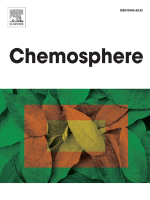 | |  | Intrinsic sexual dimorphism in the placenta determines the differential response to benzene exposure Benzene is a harmful substance found in air pollution that can be dangerous for both pregnant women and their babies. It has been linked to reproductive problems, like giving birth too early or having a baby with low birth weight. Our goal was to understand how benzene exposure during pregnancy causes inflammation in the mother and how it affects the baby's development. In our study, we found that when pregnant women are exposed to benzene, it causes inflammation in the placenta. This inflammation is associated with an increased risk of miscarriages, problems with the baby's growth, and abnormal development of the placenta. We also discovered that male and female placentas respond differently to benzene exposure, which is because of natural differences between male and female placentas. These findings are important because they give us more information about why boys and girls can be affected differently by environmental factors, and can help scientists and doctors to consider that the sex specific response of the placenta could determine the type of developmental complications observed in children. | | | Analysis of Pregnancy Complications and Epigenetic Gestational Age of Newborns This research examined how exposure to 3 common pregnancy complications is associated with gestational biological age in children at birth. Three pregnancy conditions were examined: gestational hypertension, preeclampsia, and gestational diabetes. Accelerated or decelerated biological gestational age at birth was estimated using existing epigenetic gestational age clock algorithms. This national multisite cohort study of 1801 children found that preeclampsia and gestational diabetes were significantly associated with decelerated gestational age in exposed offspring at birth vs unexposed offspring, and these associations were more pronounced in female offspring. However, no associations were observed for gestational hypertension and accelerated or decelerated biological age. These findings suggest that the epigenetic developmental aging pathway is important for 2 pregnancy conditions, and may play a role in mediating the effects of these conditions on perinatal and child health outcomes, particularly in female offspring. |  | | 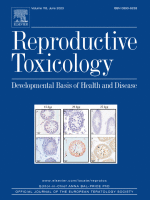 | Maternal polychlorinated biphenyl 126 (PCB 126) exposure modulates offspring gut microbiota irrespective of diet and exercise The gut microbiota plays an important role throughout the lifespan in maintaining host health, and several factors can modulate microbiota composition including diet, exercise, and environmental exposures. Maternal microbiota is transferred to offspring during early life; thus, environmental exposures before gestation may also modulate offspring microbiota. Here, we aimed to investigate the effects of maternal exposure to dioxin-like polychlorinated biphenyls (PCBs) on the microbiota of aged offspring and to determine if lifestyle factors, including maternal exercise or offspring high-fat feeding alter these associations. To test this, dams were exposed to PCB 126 (0.5 μmole/kg body weight) or vehicle oil by oral gavage during preconception, gestation, and during lactation. Half of each group was allowed access to running wheels for ≥ 7 days before and during pregnancy and up through day 14 of lactation. Female offspring born from the 4 maternal groups (PCB exposure or not, with/without exercise) were subsequently placed either on regular diet or switched to a high-fat diet during adulthood. Microbiota composition was quantified in female offspring at 49 weeks of age by 16 S rRNA sequencing. Maternal exposure to PCB 126 resulted in significantly reduced richness and diversity in offspring microbiota regardless of diet or exercise. Overall compositional differences were largely driven by offspring diet, but alterations in specific taxa due to maternal PCB 126 exposure, included the depletion of Verrucomicrobiaceae and Akkermansia muciniphila, and an increase in Anaeroplasma. Perturbation of microbiota due to PCB 126 may predispose offspring to a variety of chronic diseases later in adulthood. | | | Coming up/What's next | | Looking forward to Fall 2023 CLEAR will be at the National Brownfields Training Conference 2023, in downtown Detroit MI, August 8-11. Several of our teams will present their work, including Dr. Carol Miller and Dr. Brendan O'Leary on "Climate Change Impact on Vapor Intrusion Vulnerability in Brownfield Neighborhoods." On August 23, the Data Management and Analytics Core (DMAC) will host a workshop for CLEAR trainees and researchers. The 2023-2024 CLEAR Seminar Series will commence from September, 2023. We will host around 2 speakers per month, both in-person and virtually, who will talk on a variety of environmental health and pollution issues. The seminars will be publicized via our mailing list and social media. Video recordings of past CLEAR seminars are available here. CLEAR will host a workshop and tour at the Great Lakes Bioneers Detroit conference, on October 12-13. The event will allow CLEAR researchers and trainees to directly engage with a variety of community members across age groups. CLEAR will also be at the Sustainable Detroit Forum, on November 6. Hosted by the U.S. Green Building Council (USGBC) and many local partners, the Forum convenes over 200 industry leaders and local advocates. CLEAR's Research Translation team will host its Fall 2023 science communication workshop on November 13. The workshop will train researchers on how to move toward concrete policy outcomes, and will be facilitated by Adam Hollier, Director of the Michigan Veterans Affairs Agency, who previously served in the Michigan Senate. | | | | | | | | |